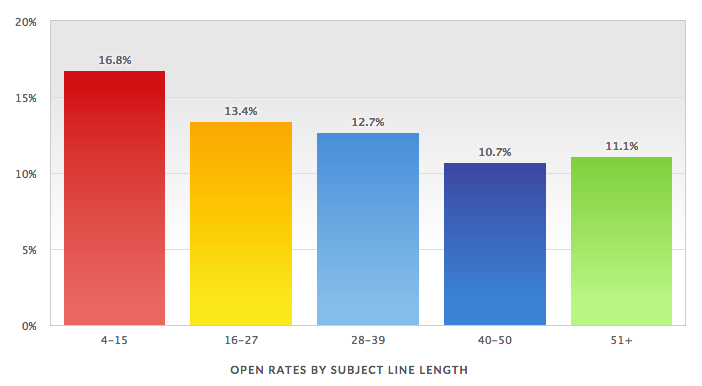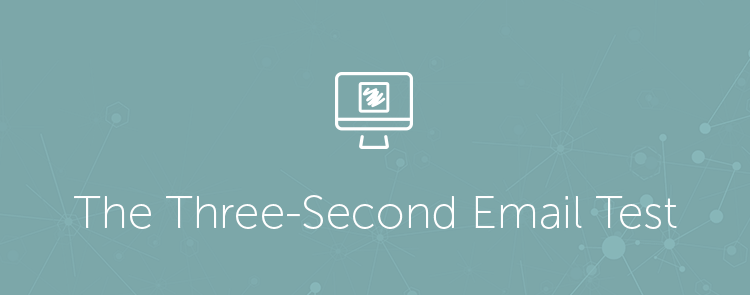People won’t read your emails unless you give them a reason to… immediately.
We have all heard the alarming news about our shrinking attention span that is now hovering somewhere around a pitiful 8 seconds. What’s worse is that Litmus now suggests your email may only have half that, 3-4 seconds, to capture your reader’s’ attention.
What does that mean for marketers in more practical terms? The average reader can read 300 words per minute. That means that in 3-4 seconds, your average recipient can read 15-20 words of your content that you worked so hard to create. Your emails failure to grab attention leads to dropping open rates, which can lead to less overall revenue. It is an unfortunate chain of events, but all is not lost just yet. You can take back your audience before it is too late.
So how can your email grab attention and pass something I like to call the three-second-email test?
The three-second email test
Much like its website counterpart, the five-second test, the three-second email test is a way to gauge the effectiveness of your email and increase the length of time your emails will keep readers engaged. It focuses on three aspects of your email: catering to your audience, scheduling, and personalization. These tips will help your emails make the best possible first impression on your audience, increasing your chances of longer engagement on a large scale.
Did you give them your content on a silver platter cooked to their liking?
A good email always starts with a good subject line. 64% of people say they open an email because of the subject line. Your job is to create a subject line that is the perfect combination of information and mystery. Give them enough to know what you are talking about, but not enough to give it away. The information will peak their interest in what you have to say while the mystery will heighten curiosity enough to make them reveal the rest of your content.
Keep your subject lines short. MailerMailer reports the most successful subject lines are between 4 and 15 characters. It makes sense that shorter subject lines equal more opens based on the number of words your average reader is willing to read. Write a subject line with too many words and you will turn your audience away.

Use the language that your audience likes and responds to. Know which words your readers act upon and sprinkle them within your subject lines and throughout your email body. For example, “Secrets” is the most clicked lead nurturing subject line. Use call to action words that are the most effective. “Click Here” gets the highest percentage of clicks over “Go” and “Submit.”
Be visual and interactive. Since your readers don’t read all that much, show them what you want to say. 65% of people prefer emails that contain mostly images. Interactivity increases engagement. Adding an interactive element has been known to stretch that 3 seconds of attention into 24.
Do you know your audience’s schedule?
Timing is everything. You can have a killer email with the optimal subject line, but if it is sent at an inopportune time, it will have been sent in vain. Picking the best day and time, can be the ticket to marketing success. 6 am has the highest CTR of any hour. Saturday has the highest CTR of any day at 9%, while Sunday is a close second, just under 9%.
Did you make your audience feel special?
Giving your emails a human touch can create a deeper connection with your readers. Email campaigns that used personalized content saw the highest average open rate for all email campaigns at 17.6%.
Utilize personalization sooner rather than later. We’ve talked about how important the subject line is, so why not combine these two tips for an extra boost. Click through rates are higher when the recipient’s name is used in the subject line compared to emails that do not use the recipient’s name.
Three seconds seems like nothing, but it is everything when it comes to your emails. Use these guidelines to take advantage of those seconds and turn that short window of time into leads, customers, and revenue.

Pingback: How to Pass the Three-Second Email Test | Scrat...()